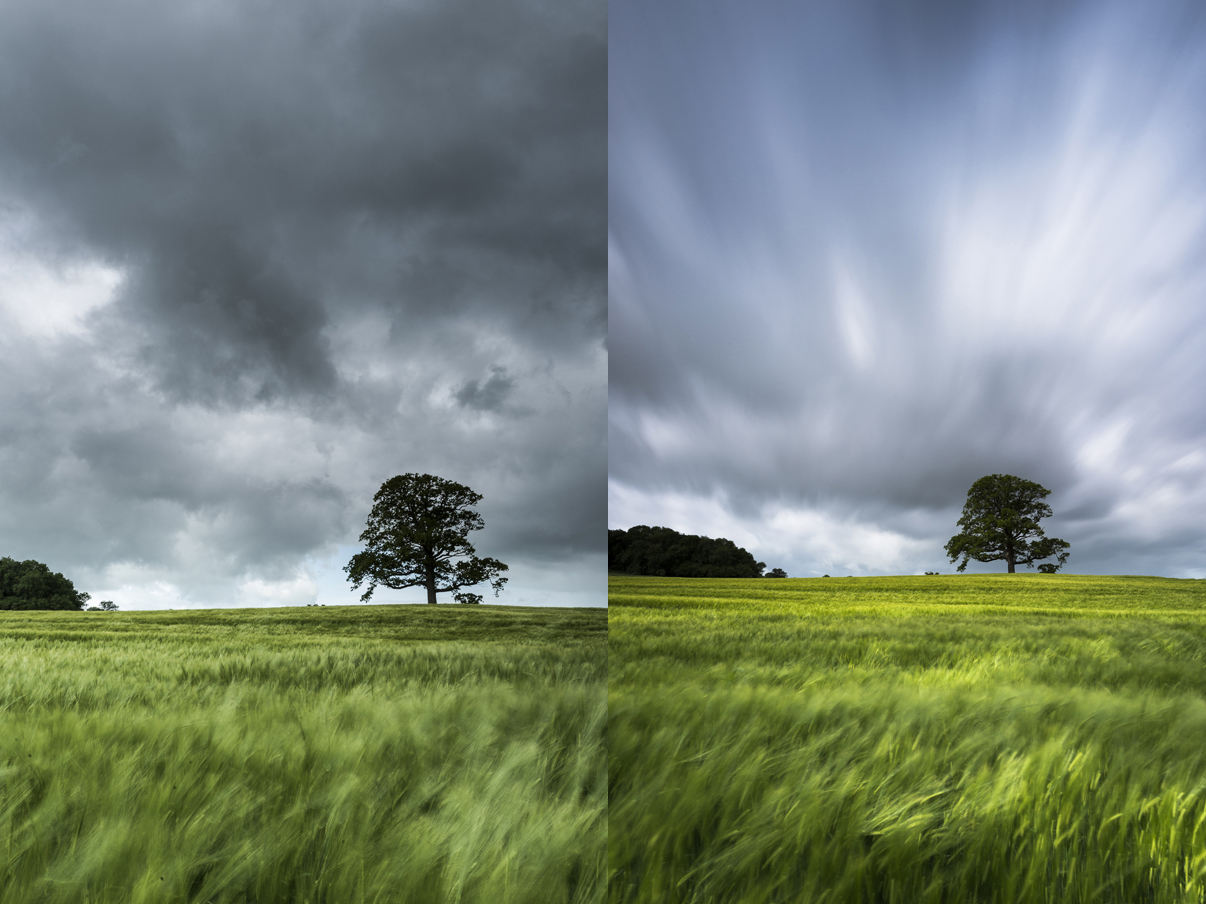5 essential photography filters (and why you can't live without them!)
Photo filters every photographer should own
Essential photography filters: 5. Variable or strong neutral density filters

What's it for?
Using extremely long shutter speeds or very shallow depth-of-field effects in bright conditions.
What's the technique?
A variable ND filter is similar to a straight ND filter, but as the name suggests, with a variable filter you can vary the strength or 'density' of the filter by rotating the filter elements.
While the effect of using a variable ND filter at the higher strengths are the same as using a strong plain ND filter, you use them in slightly different ways.
With a variable ND filter, you can attach the filter before you frame the shot, focus and set the exposure.
This is because you can adjust the filter to its lowest strength to start with, allowing you to see clearly through the viewfinder to focus and compose your shot.
Once you have set-up the camera you can then adjust the filter to a higher strength before you take a shot.
A very strong ND filter, by contrast, is so dark that it's almost impossible to see through once it's in place, so you will need to set the camera up before attaching the filter.
Get daily insight, inspiration and deals in your inbox
Sign up for breaking news, reviews, opinion, top tech deals, and more.
With either type of filter you will need to set the camera to manual exposure and manual focus, and if you are using long shutter speeds, you will also need to fix the camera to a tripod to avoid camera shake.
Round or square?
Variable ND filters are usually round filters that you screw on, while strong, single-strength ND filters are available in both round and square formats.
When using single-strength filters, however, you'll find that it's quicker and easier to remove and replace the filter when framing, focusing and metering if you're using a square filter system.